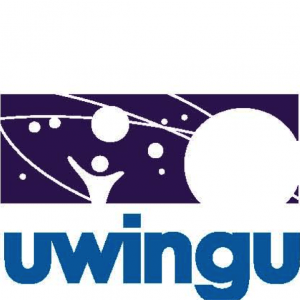

A couple of weeks ago we wrote about Uwingu, a creative, out-of-the-box concept to help solve what appears to be a growing problem for researchers, scientists, educators and students: how to get funding for research and other ground-breaking space exploration and astronomy projects. Why are a group of individuals from the space and astronomy community taking matters into their own hands to do this?
Alan Stern one of the founders of Uwingu, and the Principal Investigator for the New Horizons mission to Pluto, explained it quite well in today’s episode of the 365 Days of Astronomy.
“Well, it seems almost every year we have budget problems,” he said. “This year the planetary budget got cut 20%. Just last week a report came out cutting the National Science Foundation astronomy facilities, recommending those cuts. And every year it’s the economy or it’s an overrun with NASA, or it’s the President’s budget, or it’s something that happens in Congress. And in space research, in space education, unlike, for example, medical research or if you’re a weather researcher or many other fields, there really aren’t very many places to turn when NASA’s budget is cut or the NSF budget’s cut. That’s about it in terms of the funding portfolio. We like to say, you know, if you only own one stock, you probably deserve what you get when it goes down. We’re out to try and diversify that portfolio a little bit.”
UPDATE: Uwingu now has their own website!
The Uwingu team — and by the way, Uwingu means ‘sky’ in Swahili — has put out a new video about their project, and in doing so, reveal a little more about how they plan to create a new funding method. For two years, they’ve been designing and building software products that will be sold, and the proceeds will create the Uwingu Fund for space research, exploration and education.
Pamela Gay described their ideas as “so elegant that I can’t believe they haven’t already been done.”
Uwingu needs to raise about $75,000 to get their concept off the ground, and after that should be self-supporting, as well as supporting an impressive amount of other researchers every year.
So if you haven’t yet checked out Uwingu, here’s a little reminder to do so. Just head to their Indiegogo page and see what you think.
Could a new, fifth force of nature provide some answers to our biggest questions about…
In 2015, the United Nations adopted the 2030 Agenda for Sustainable Development—the Sustainable Development Goals…
Astronomers have been battling threats to their clear skies on all fronts lately. One of…
If you were Captain of the first USS Enterprise, where would you go!? Humanity is…
Now is the best time to observe Mars in 2025. Mars from 2014. Credit: Paul…
Scheduled for launch in 2027, the Nancy Grace Roman Telescope is slowly being readied for…